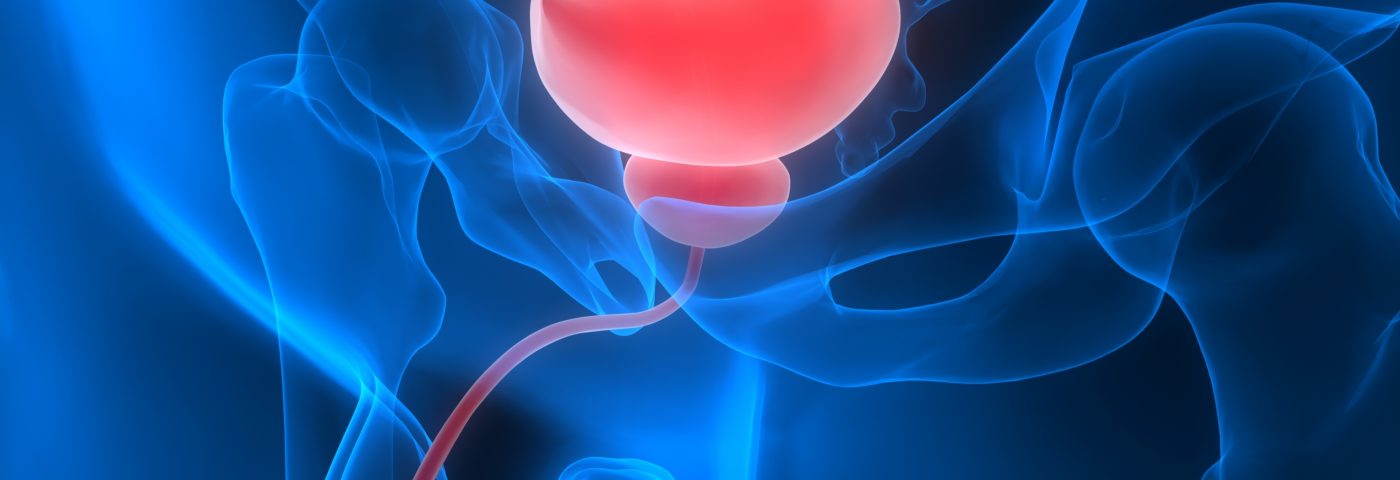Lower urinary tract symptoms (LUTS) in men are not synonymous to the obstruction caused by prostate enlargement, two researchers from New Zealand wrote in a review.
The report, “Recent advances in the understanding of male lower urinary tract symptoms (LUTS),“ published in the online journal F1000Research, takes a closer look at three areas associated with LUTS but not often talked about — improvements in the terminology and diagnostics of LUTS, detrusor underactivity, and nocturia.
Words matter – terminology and diagnosis
Increasingly more studies reveal the fact that LUTS is not always linked to benign prostatic hyperplasia, which causes a too large prostate to squeeze the urinary tube enough to cause problems with urination. Arman Kahokehr from Wellington Hospital in New Zealand and Peter Gilling, head of the Bay of Plenty Clinical School in New Zealand aimed to show how new insights are reflected in the way LUTS is discussed.
Although the review states that the older term ‘prostatism’ has largely been abandoned in favor for the expression ‘LUTS’, it seems that the research duo finds that an awareness of the impact of terminology on clinical praxis is still missing. The two researchers believe that a greater effort to change the way clinicians and scientists refer to symptoms will aid the clinical mindset and foster a better understanding of the complexity LUTS presents.
This would also aid in understanding the difference of how clinical and laboratory diagnostic tools could contribute to a correct diagnosis, they believe.
Detrusor underactivity – a bladder not contracting well enough
One main area that has not received enough attention when LUTS is discussed in the scientific literature, according to the review, is Detrusor underactivity. This is the clinical term describing a condition when the bladder is not able to contract strong enough, or long enough to completely empty.
The phenomenon gives rise to what doctors call voiding LUTS. When urine is repeatedly left in the bladder in this way, urinary tract infection and acute urinary retention are likely to follow. Also, the two researchers believe that the condition is likely more common than scientist currently recognize.
Likewise, researchers don’t really know what causes it. Age might be a factor, since both levels of necessary signaling molecules and muscle mass in the bladder get lower as we age. Some state that changes, originally affecting only the bladder, make nerves going to the brain and back less sensitive. When they become desensitized, signals telling the bladder to squeeze are not strong, or long enough to empty the bladder.
Yet other explanations have been proposed, including the lack of oxygen or oxidative stress, or an initial obstruction causing detrusor underactivity as a long-term consequence. Changes in the bladder after long periods of obstruction are difficult to reverse once the block is removed, indicating that complex adaptations in the lost bladder function are involved.
Many methods used to diagnose the condition are impractical or poorly validated. The tests measure the relationship between bladder pressure and urinary flow or measure muscle pressure changes when interrupting urination.
The review, however notes that contraction strength is only one aspect of the problem, and that speed and persistence of contraction has not yet been included in international diagnostic practices.
Nighttime urination
Another under recognized complication of the urinary tract is nocturia — the need to get up at night to urinate. Studies exploring the phenomenon show it is more complex than a limited storage capacity.
Research indicates that patients who need to urinate at night have little or no variation in the amount of urine produced during the day. This amount is usually guarded by ADH (anti-diuretic hormone), which increases during the night to keep urine production low. Why some people have a disturbed diurnal rhythm of ADH is not known, but DDAVP (desmopressin) nasal spray may improve symptoms.
An overactive bladder could also contribute to nighttime urination, but again, scientists don’t really know why. It is known, however, that nocturia is linked to metabolic diseases. Obesity increases the risk for nighttime urination, which in turn, hikes the risk for diabetes. In addition, sleep apnea — a condition linked to metabolic disease in which breathing stops and starts repeatedly during sleep — has been linked also to nocturia.
Considering the unceasing increase in metabolic diseases that face populations worldwide, research interest in the association between metabolic disease and nocturia is likely to increase, the review concluded.

